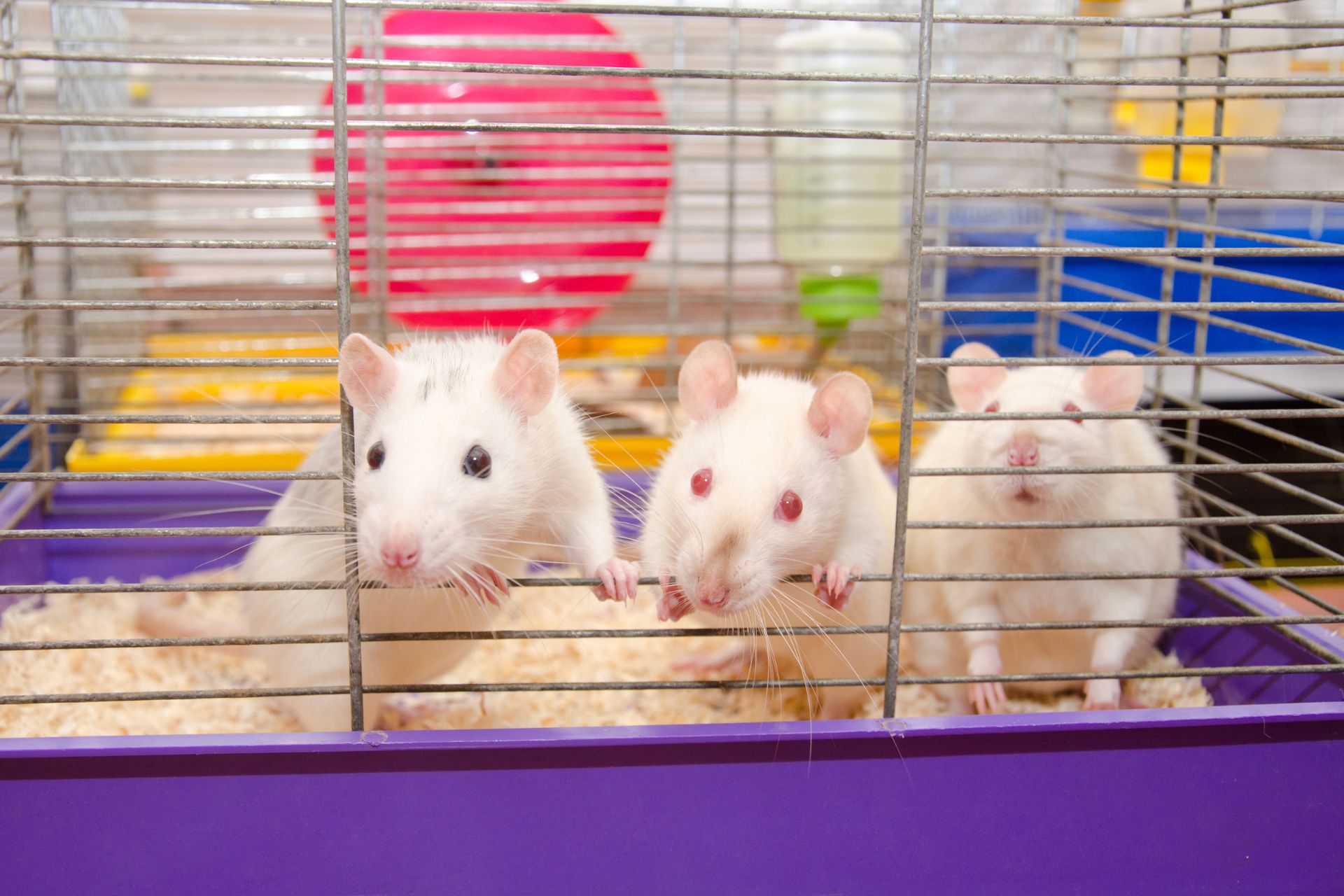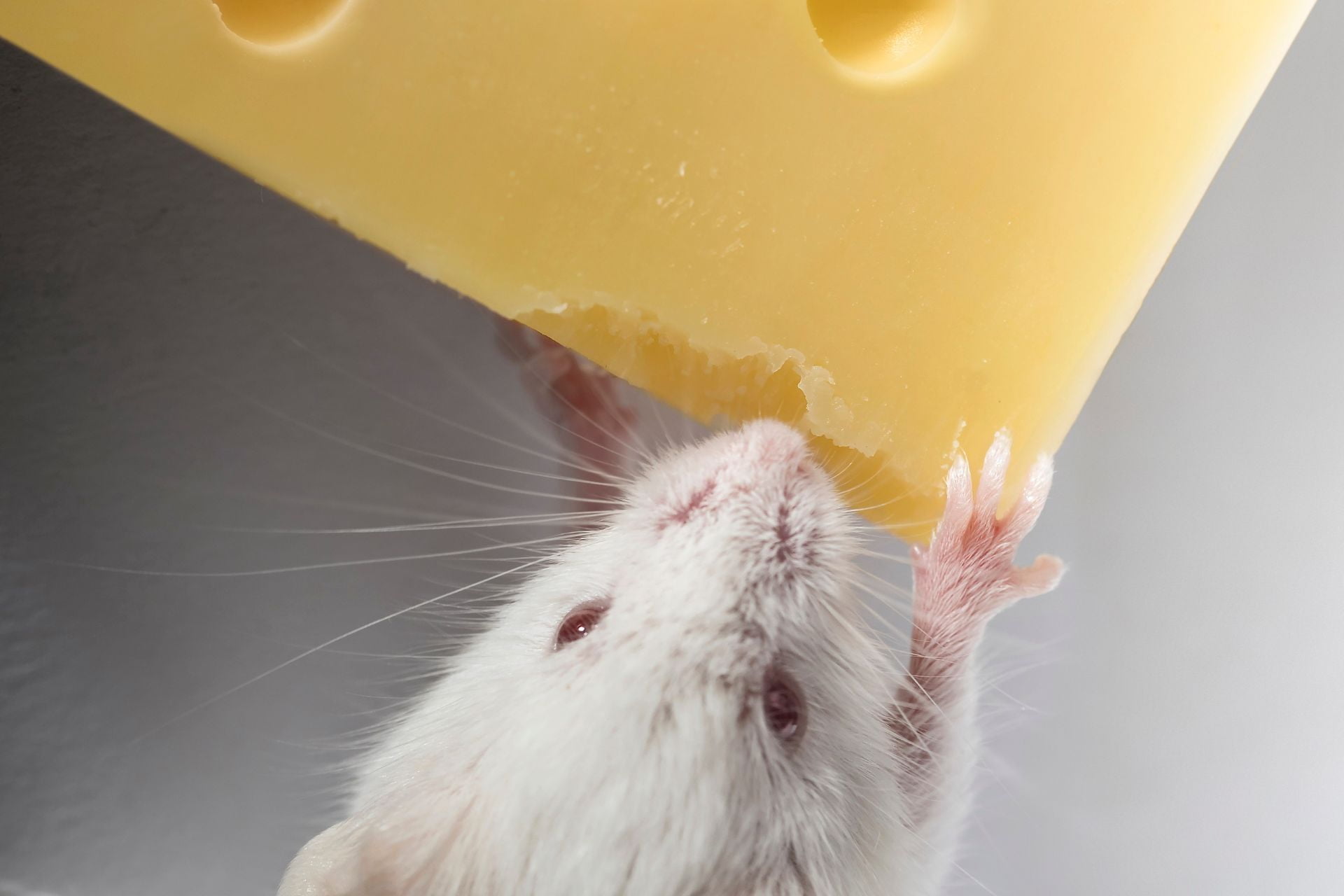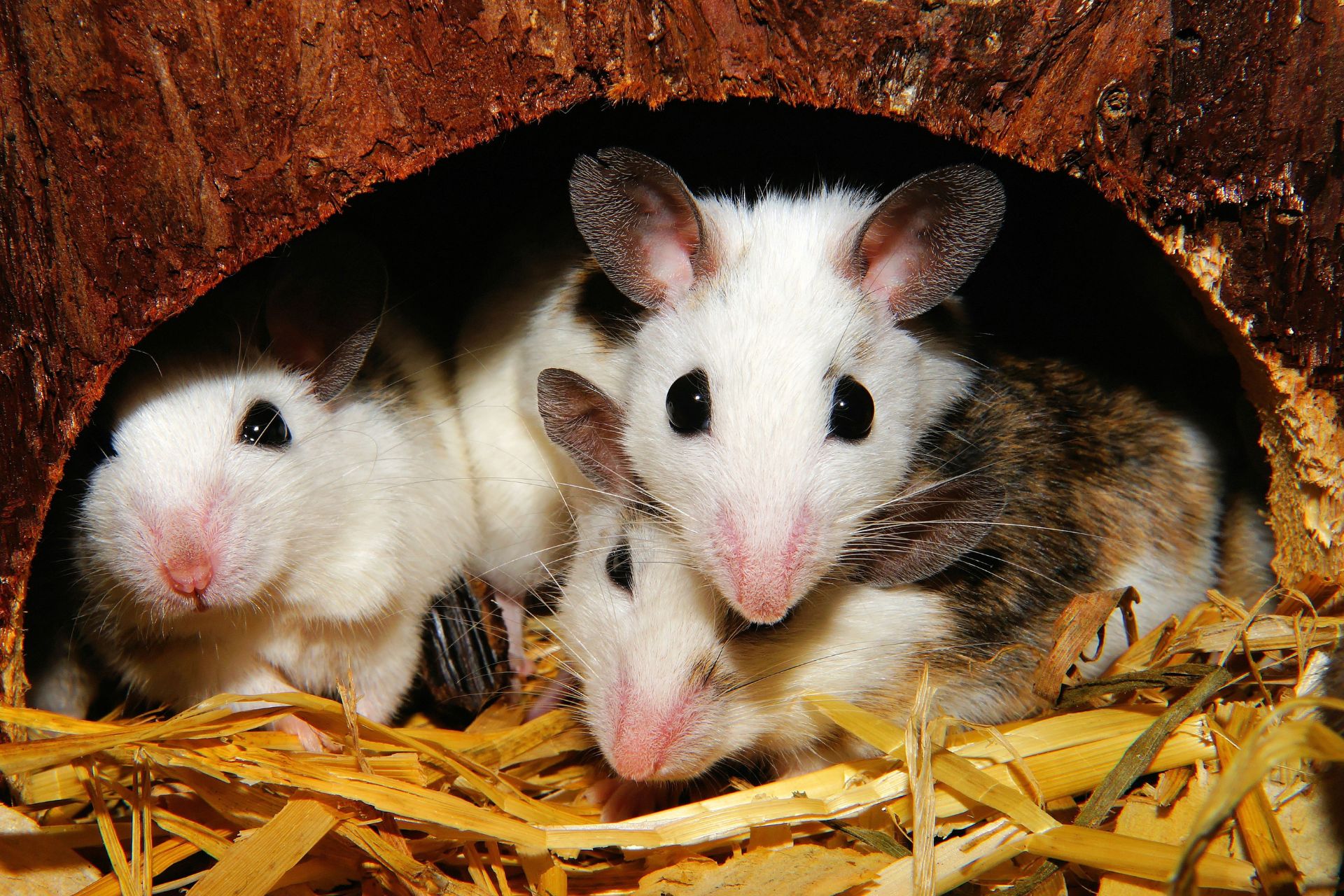Caring for a pet mouse involves providing them with a comfortable and safe living environment. One crucial aspect of creating an ideal habitat is choosing the right cage. The cage serves as the primary space for your mouse, where they eat, sleep, exercise, and explore. In this article, we will discuss the key factors to consider when selecting a cage for your mouse, ensuring their well-being and happiness.
Contents
- Introduction
- Cage Size and Space Requirements
- Cage Material and Construction
- Bar Spacing and Security
- Ventilation and Airflow
- Cage Accessories and Enrichment
- Cleaning and Hygiene
- Location and Placement of the Cage
- Budget Considerations
- Conclusion
- FAQs
Introduction
Bringing a mouse into your home means taking responsibility for their care and welfare. By providing a suitable cage, you create a secure and comfortable space for your mouse to thrive. Consider the following aspects when choosing the right cage for your pet.
Cage Size and Space Requirements
Mice are active creatures that require sufficient space to move around, explore, and exercise. The cage should be large enough to accommodate their natural behaviors, such as climbing, running, and digging. Ideally, the cage should have dimensions of at least 12 inches by 12 inches for a single mouse, with additional space for each additional mouse. Vertical space is also important, as mice enjoy climbing and exploring different levels. Providing enough room for their activities promotes their physical and mental well-being.
Cage Material and Construction
Selecting the right material for the cage is crucial to ensure the safety and comfort of your mouse. Opt for cages made of non-toxic and durable materials. Wire cages with a solid plastic base are a popular choice, as they provide ventilation and allow for easy cleaning. However, ensure that the wire spacing is narrow enough to prevent your mouse from escaping or getting stuck. Avoid cages with sharp edges or rough surfaces that may harm your mouse or make cleaning difficult.
Bar Spacing and Security
Mice are small and agile creatures, capable of squeezing through small gaps. It is important to choose a cage with appropriate bar spacing to prevent escapes. The spacing should be narrow enough that your mouse cannot fit their head through. Additionally, ensure that the cage doors and other openings are secure, reducing the risk of accidental escape or potential injuries.
Ventilation and Airflow
Proper ventilation is essential to maintain a healthy and comfortable environment for your mouse. Good airflow helps prevent the buildup of ammonia and other harmful substances that can negatively affect their respiratory system. Choose a cage with adequate ventilation, allowing fresh air to circulate without creating drafts that could cause temperature fluctuations.
Cage Accessories and Enrichment
To enhance your mouse’s quality of life, provide a variety of cage accessories and enrichment items. Essential accessories include a water bottle, food bowl, and a cozy hiding place. These items ensure your mouse has access to fresh water, a designated eating area, and a safe space to retreat. Furthermore, incorporate toys, tunnels, and items for climbing to keep your mouse mentally stimulated and physically active. Rotating the toys and enrichments regularly can prevent boredom and encourage exploration.
Cleaning and Hygiene
Maintaining a clean and hygienic cage is vital for your mouse’s health. Establish a regular cleaning schedule to remove waste, food debris, and soiled bedding. Use safe cleaning products specifically designed for small animals and ensure that all areas of the cage are thoroughly cleaned. Avoid using strong chemicals or disinfectants that may be harmful to your mouse. Regular cleaning not only promotes a healthy environment but also helps prevent the development of unpleasant odors.
Location and Placement of the Cage
Selecting an appropriate location for your mouse’s cage is crucial for their well-being. Place the cage in a quiet area away from direct sunlight, drafts, and extreme temperature fluctuations. Mice are sensitive to loud noises and sudden movements, so choosing a calm and secure spot in your home will help them feel safe and comfortable.
Budget Considerations
While it’s essential to provide a high-quality cage for your mouse, it’s also important to consider your budget. Balance cost and quality when selecting a cage, keeping in mind that a durable and suitable cage is a long-term investment. Research different options, read reviews, and consider the overall value and durability of the cage before making a decision.
Conclusion
Choosing the right cage for your mouse is a critical aspect of responsible pet ownership. By considering factors such as cage size, material, security, ventilation, and enrichment, you can create a safe and stimulating environment for your mouse. Remember to prioritize their comfort, well-being, and natural behaviors when selecting a cage. By providing the ideal living space, you ensure that your mouse can lead a happy and fulfilling life as your beloved companion.
FAQs
1. How often should I clean my mouse’s cage?
- It is recommended to clean your mouse’s cage at least once a week. However, spot cleaning should be done daily to remove waste and soiled bedding.
2. Can I use a hamster cage for my mouse?
- While hamster cages may have similar features, such as wire bars and solid bases, the bar spacing is usually too wide for mice. It’s best to choose a cage specifically designed for mice.
3. Should I provide a wheel for my mouse?
- Yes, mice enjoy running on wheels as a form of exercise. Make sure the wheel is the appropriate size for your mouse and has a solid surface to prevent injuries.
4. Can I use cedar or pine bedding in my mouse’s cage?
- No, cedar and pine bedding can emit harmful fumes that may negatively affect your mouse’s respiratory system. Choose safer alternatives, such as aspen or paper-based bedding.
5. How many mice can I keep in one cage?
- Mice are social animals and prefer living in groups. It is recommended to keep at least two or more mice together, as long as they are properly introduced and have adequate space in the cage.










